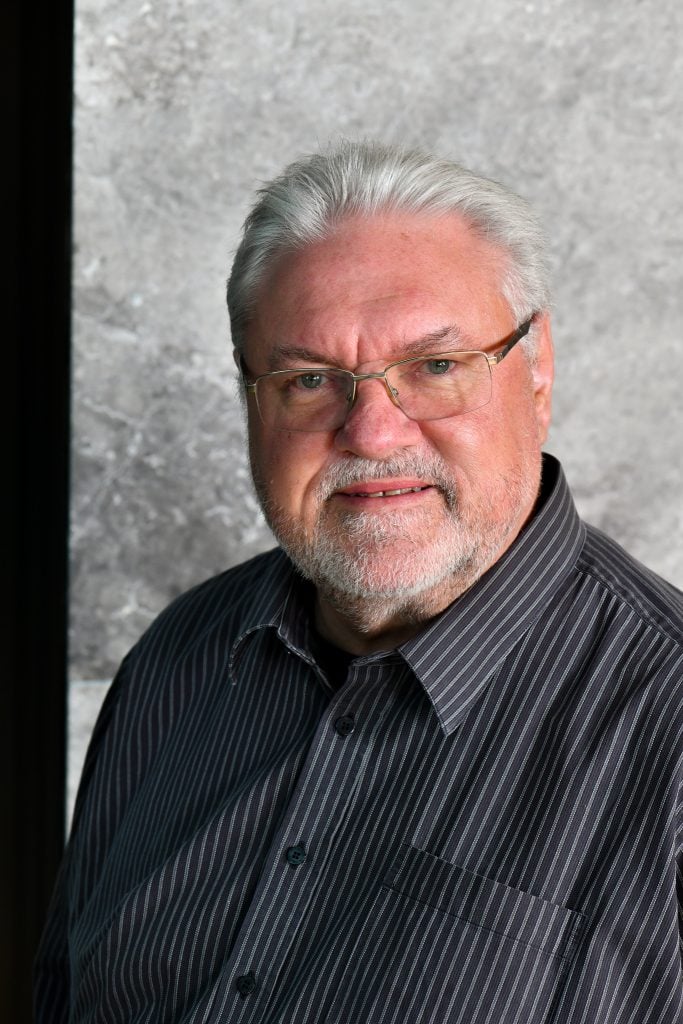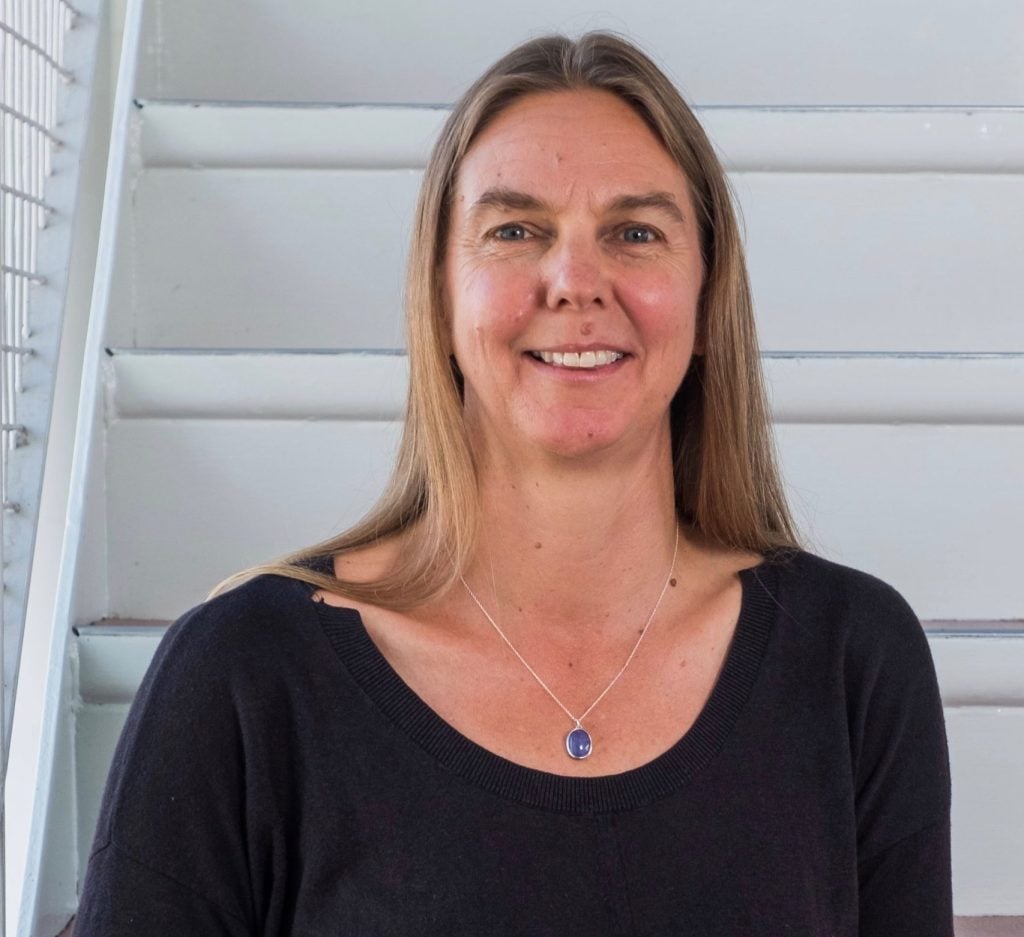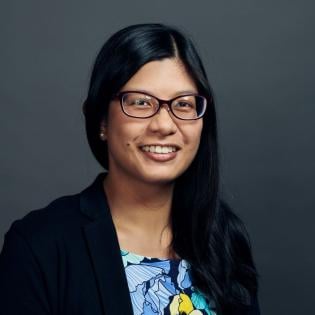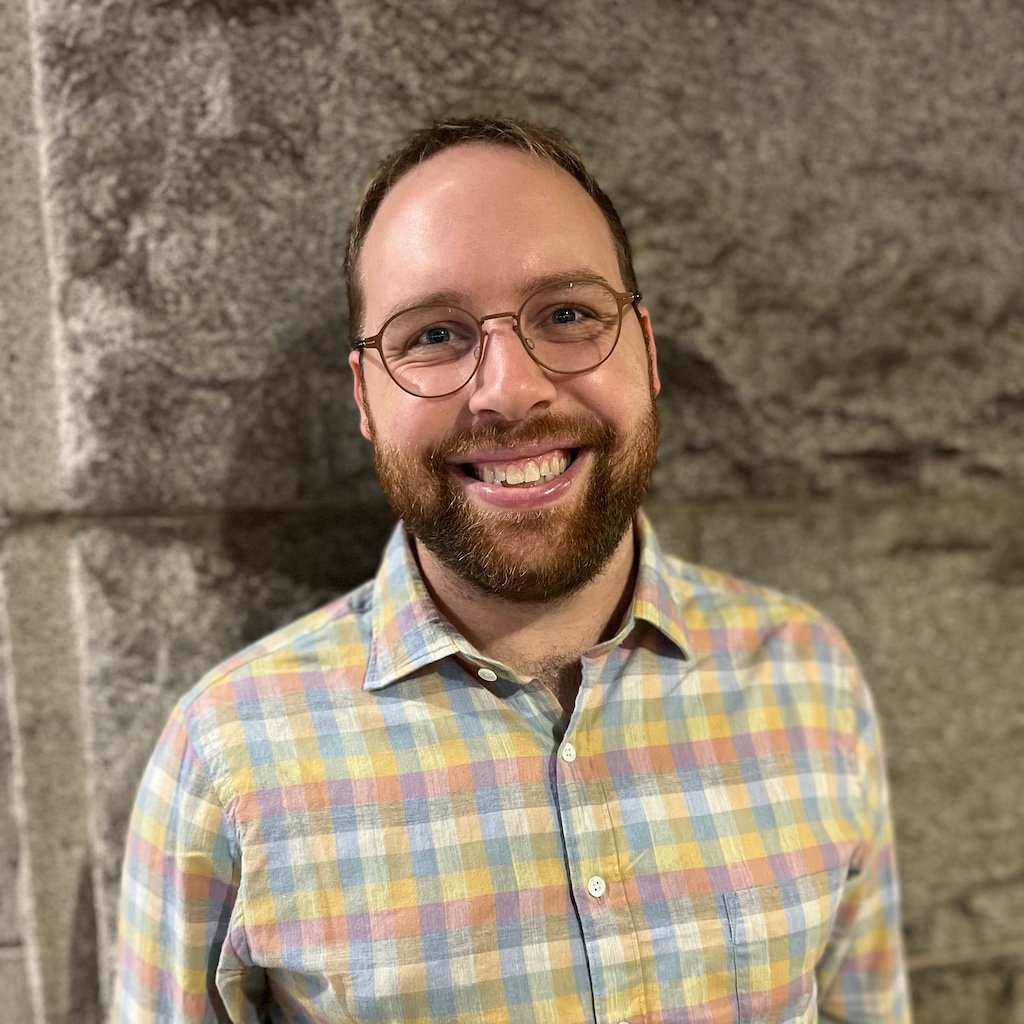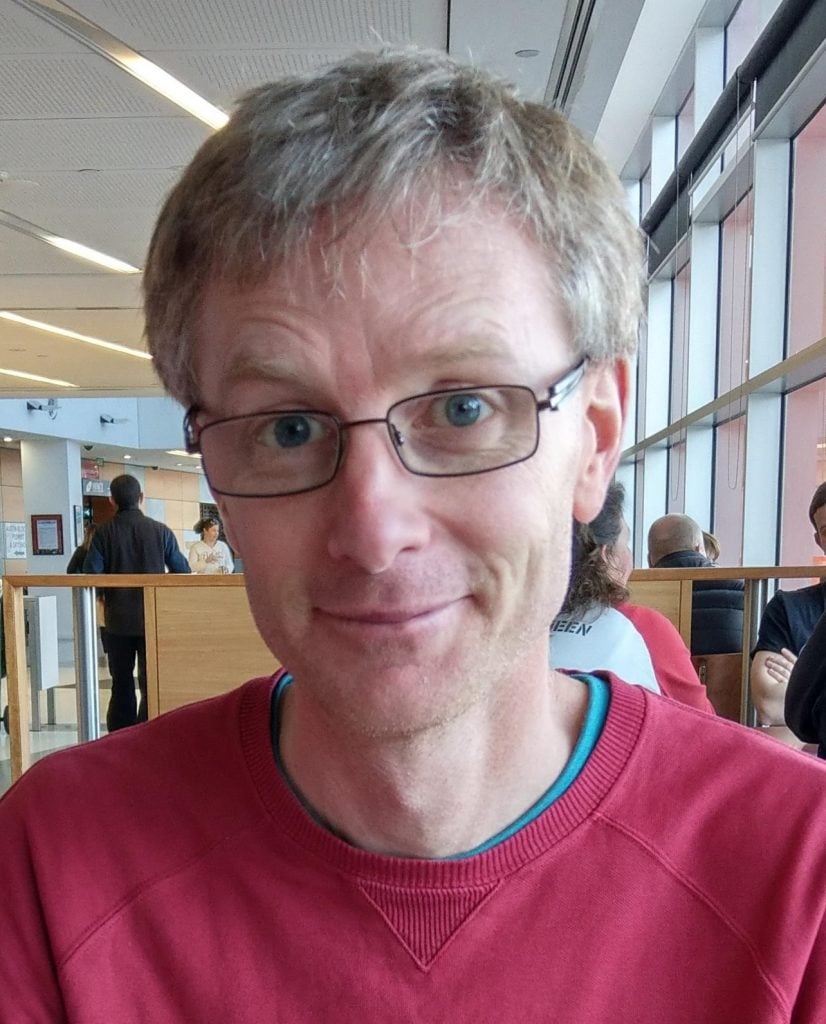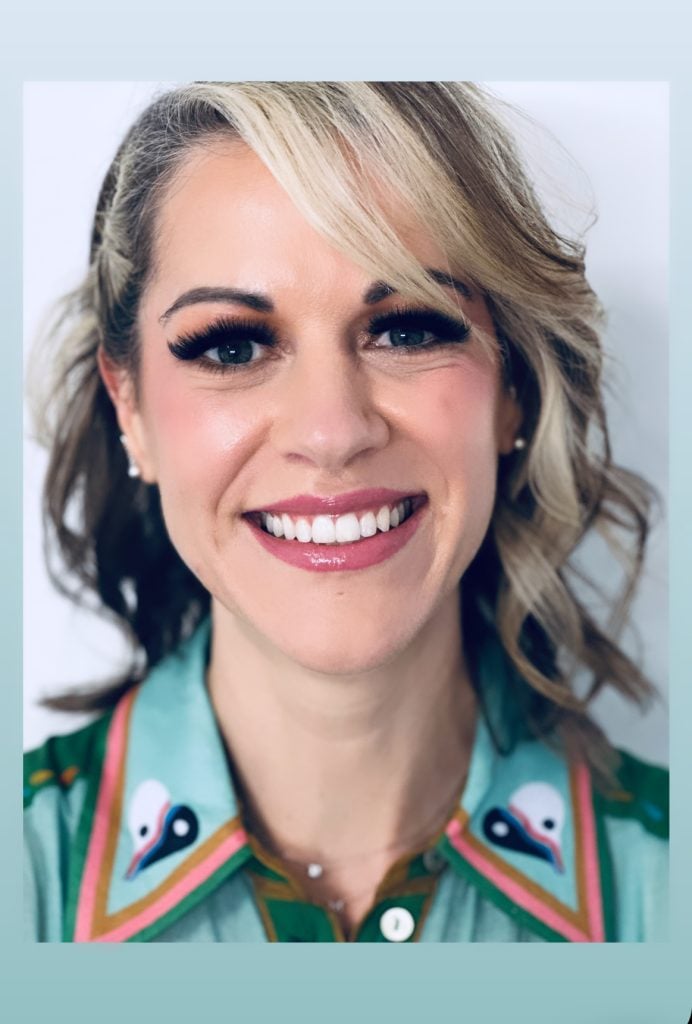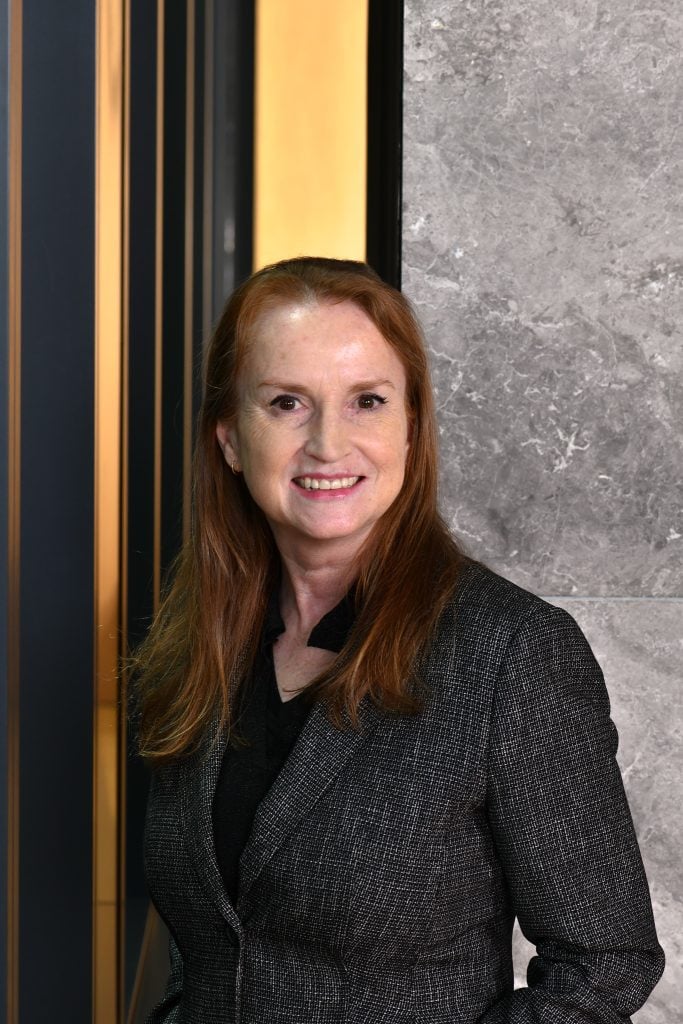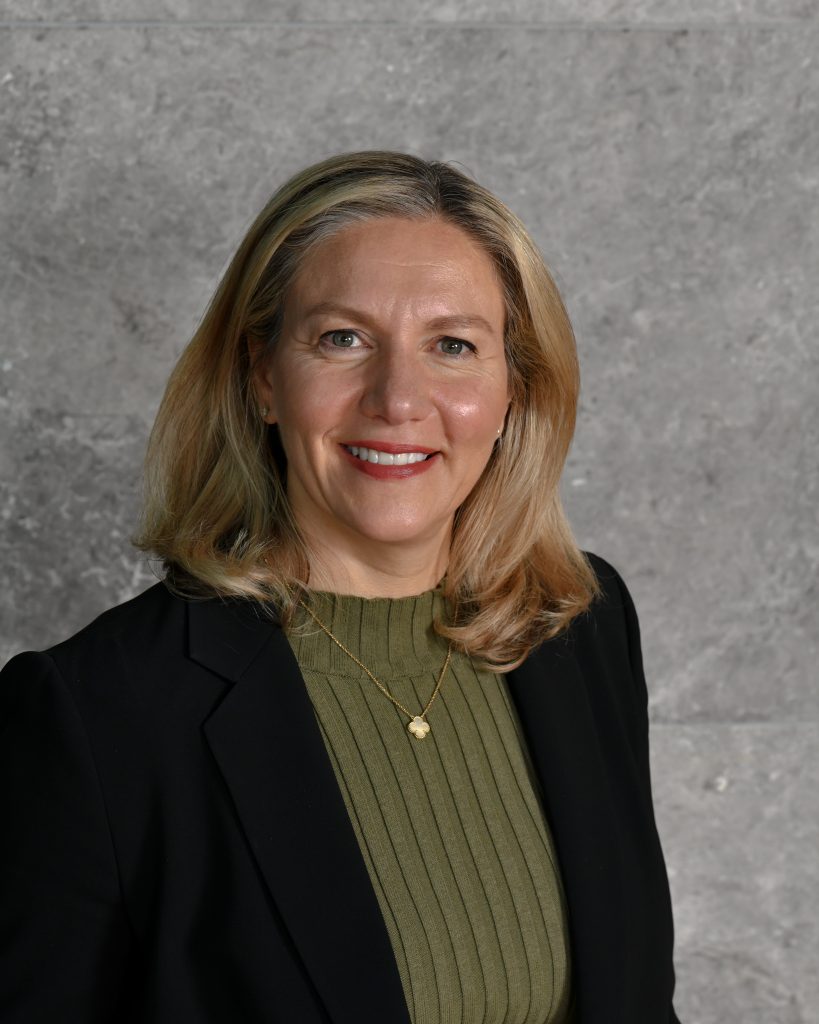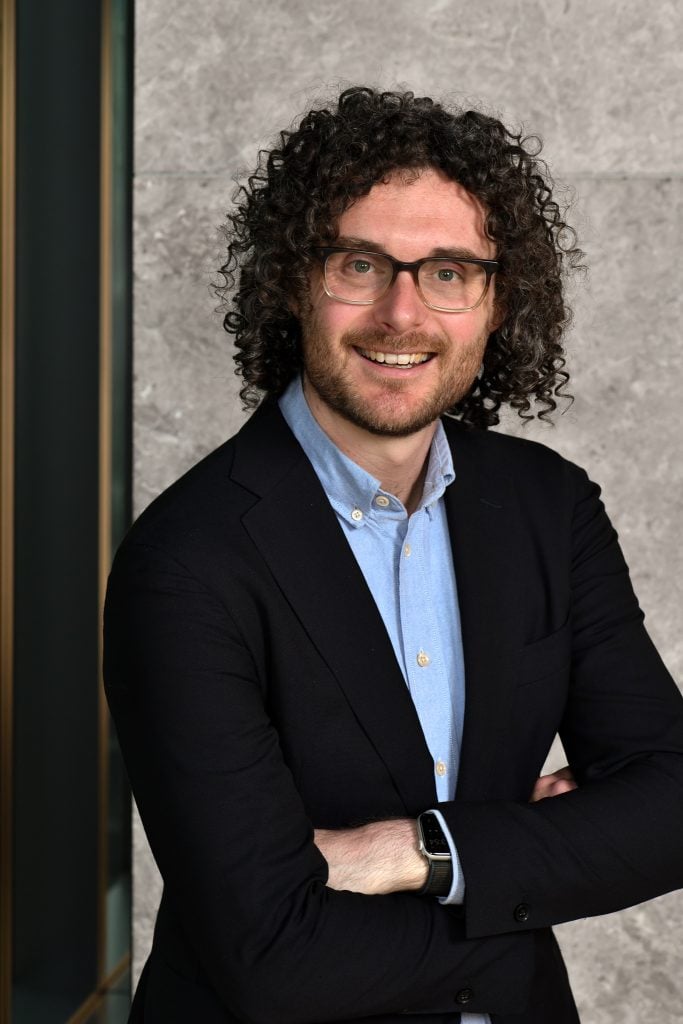The AERA Annual Meeting 2017
9 May 2017
The American Educational Research Association Annual Meeting is the biggest education related conference in the USA, and boy was it big. According to a little fact sheet they sent out to us on Day 1, there were more than 10,900 unique presenters, in over 2,562 sessions. It was therefore the biggest conference I had ever been to, and I suspect, held at the biggest convention centre I’d set foot inside – the Henry B Gonzalez Convention Centre, in downtown San Antonio. They do say that everything is bigger in Texas. Luckily I had some colleagues with me – CRADLE’s Associate Director Phillip Dawson, and Dr Sam Sevenhuysen, a PhD peer (1) and colleague from Monash Health.
What’s AERA like?
Aside from the size, there were some other logistical aspects that we were not entirely prepared for:
- The scheduling of sessions
4 or 5 regular sessions ran throughout the day from 8:15am to 5:45pm, in 1.5 hour blocks, usually with 20 minute breaks between them. There were also irregular sessions – special meetings and workshops – which seemed to run for half a day or a full day. And then there were 7:30 breakfast sessions too. - The lack of a defined lunch break
We think people were just expected to pick a session not to attend so they could eat, or bring food with them to consume during the 20 minute break (most of which was taken up with walking between rooms, the place was so big!) - The lack of provided lunch!!
Yes, that’s right … no wonder the conference was so reasonably priced!!
That said, it seemed to work really well. The rooms were always utilised, and though we missed out on being able to meet new people while standing in a queue for coffee or food, it meant that there were more opportunities for people to share their work, and none of that awkward rush to rooms when they ring the bell to indicate the break is over. A much more self-regulated conference, I suppose.
The sense of scale was bewildering, and initially I found it difficult to pick sessions to attend. However, it was very well organised by Divisions, and Special Interest Groups, each with a focus on a specific subject area.
We were part of a symposium in Division I, (one of 433 symposia) so it’s probably not surprising that I ended up attending the most sessions in that section – the topics were of interest being somewhat practical, and included an Invited Speaker talk from Lee S Shulman, who worked with Benjamin Bloom of Bloom’s taxonomy himself!!
What did CRADLE present?
Phill, Sam, and I were all part of a symposium on peer assisted learning in clinical education, which took place on Sunday 30 April – Day 4 of five long days of the conference. I presented a review of peer learning activities in undergraduate clinical education (an extension of my review on the benefits of peer learning, while Phill presented Janet Raat’s work on “Peer influence in clinical workplace learning: A study of medical students’ use of social comparison in clinical practice” , and Sam presented her work on implementing peer learning. We had about 25 attendees, which I understand was a good turnout, and there definitely were some superstars of medical education research in the room, including our chair, Arianne Teherani, & discussant, Calvin Chou! There was some great discussion at the conclusion of the presentations, and we even remembered to take a photo together:

Peer learning in clinical placements symposium members: Arianne Teherani, Phill Dawson, Sam Sevenhuysen, Calvin Chou, Joanna Tai
Phill and I had to rush off though, since our poster (one of 804 posters in 158 poster sessions) was due for presentation in the immediate session after the symposium. Again, we had a great range of visitors who were interested in the concept of “evaluative judgement”. We were occupied for the entire session and only remembered to take a photo of ourselves just before we needed to take down the poster! (again, another quirk – posters were only available for viewing during the session they were scheduled for presentation)

Joanna Tai & Phill Dawson with the poster on Developing Evaluative Judgement
What else happened at AERA?
Aside from the presentations, I attended a wide variety of sessions on a huge selection of topics, from doctoral education, to measurement & assessment, to quantitative, intense longitudinal research designs, to qualitative diffractive methods, to the role of technology in improving learning, and of course, to my first discipline, medical education.
There isn’t enough space to talk about everything I learned, but three notable things for me were:
- The similarities between “quantitative” and “qualitative” fields
Methods for research varied greatly, and I really enjoyed being exposed to these new (to me) and very different methods. However, the underlying desire for discovery was a constant and very inspiring to me. I think mixed methods research was very much valued and it seemed to me that even the psychometricians there took a very qualitative, interpretative view to what they were contributing towards.
- Self-determination theory as an explanatory mechanism and point of intervention
It may have just been the sessions that I chose, but self-determination theory was referenced quite frequently. I don’t think there was a single definitive reason for this, but I do like it that we are recognising learners as individuals, and that there are many motivations for learning.
- A great concern for the current state and future of education, especially in the world of “fake news” and “alternative facts”
From the Twitter stream I think you could see these concerns reflected throughout many sessions (and not just the ones I attended!). What education can and should do, and for whom, are questions we’re all still grappling with, and we should be mindful of this when designing activities & courses, and how we go about researching what occurs within educational contexts.
All in all, it was an exhausting 5 days of conference (even though we paced ourselves and made sure we had some breaks), but well worth it. We caught up with colleagues, and learned so much about how education (and educational research conferences) is done in the USA!
Footnotes:
1. We started around the same time, and had 2 supervisors in common, and were both doing research on peer learning!
